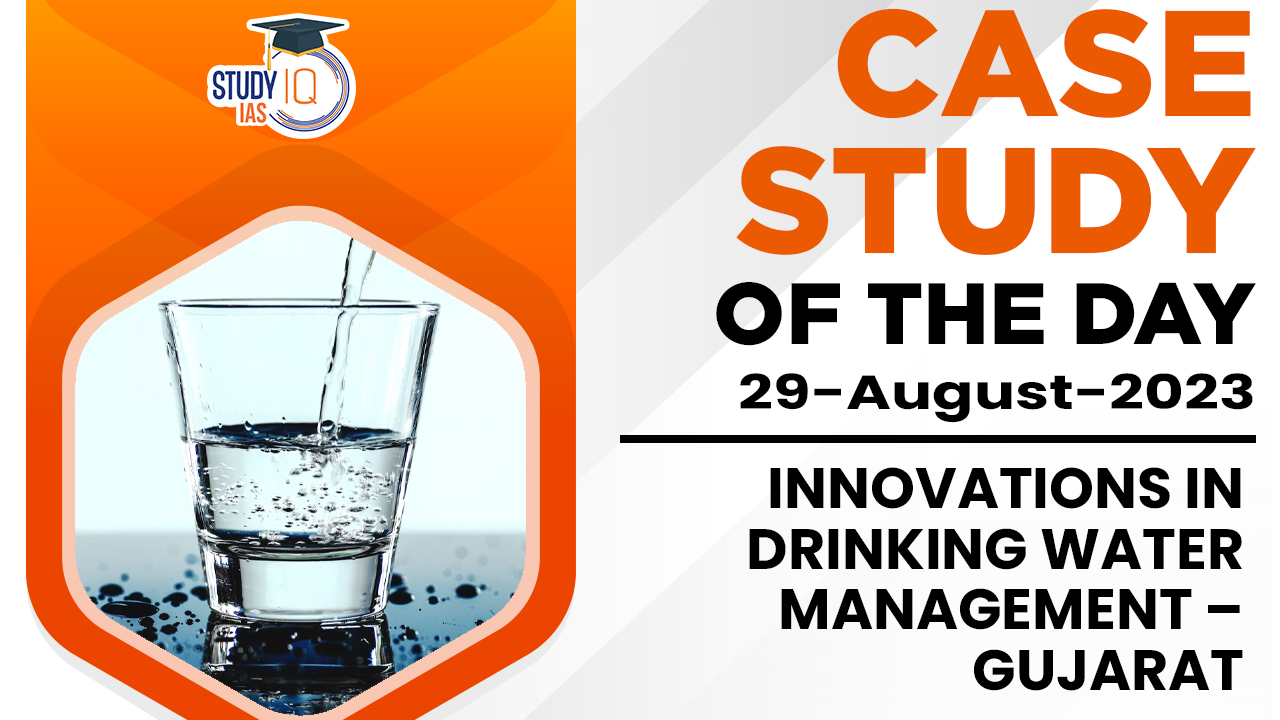Table of Contents
The village of Shirva in Kutch district, Gujarat, India, faced a severe water crisis after the 2001 earthquake. The borewell that supplied water to the village was damaged, and the water that remained was not potable due to high levels of total dissolved solids (TDS). This led to health problems for the villagers, including kidney stones, digestion problems, and stomach ailments.
The Initiative:
- The villagers came together to form a Representative Pani Samiti (water committee) to address the water crisis.
- The Pani Samiti worked with WASMO (Water and Sanitation Management Organisation) to install a Reverse Osmosis (RO) plant to treat the water.
- The RO plant reduced the TDS levels in the water to 450-500 ppm, making it safe to drink.
- The Pani Samiti also constructed an Elevated Storage Reservoir (ESR) and a sump to store the treated water.
- They also laid a distribution network to ensure that all households in the village had access to clean water.
Outcome:
The installation of the RO plant and the construction of the ESR and sump have solved the water crisis in Shirva village. The villagers now have access to safe, clean water for drinking, cooking, and bathing. The Pani Samiti has also become a source of income for the village, as they charge a small fee for the distribution of water.
Conclusion:
It shows that community-managed water supply systems can be successful. The Pani Samiti has taken ownership of the water supply system and is responsible for its operation and maintenance. This has ensured that the water supply system is sustainable and will continue to provide clean water to the villagers for many years to come.


 Niveshak Didi Initiative Phase 2 launche...
Niveshak Didi Initiative Phase 2 launche...
 Central Pollution Control Board (CPCB) R...
Central Pollution Control Board (CPCB) R...
 Foreign Contribution Regulation Act (FCR...
Foreign Contribution Regulation Act (FCR...





















